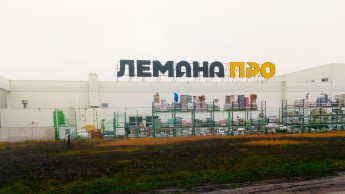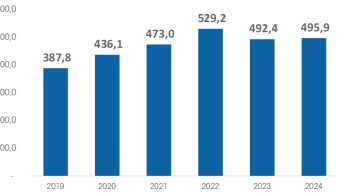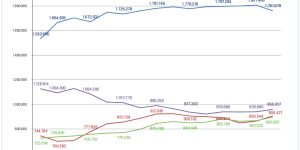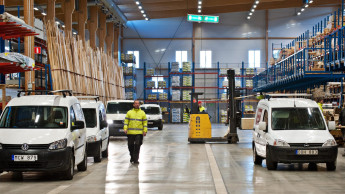Even though the rate of shrinkage has therefore gone down by 6.7 per cent, the overall sum lost is still extremely high at € 28.94 bn. And the cost to retailers of criminal behaviour, which consists of losses through theft and expenditure on security measures, is developing at a correspondingly high rate. It is now € 1 bn below the 2004 result, amounting to approx. € 32 bn in 2005, or € 70.26 per capita. The decline in shrinkage can be attributed to investment in security systems, according to 76 per cent of the respondents. Expenditure on security has risen by € 426 mio and now amounts to € 7.633 bn. This includes 26 per cent spent on security systems like electronic article surveillance (EAS) – including source tagging – and camera surveillance (CCTV).
Staff theft on increase
Customers are responsible for most of the thieving in European stores. The cost here has risen to approx. € 14.25 bn, which amounts to about 49.2 per cent of shrinkage overall (compared with 47.9 per cent in 2004). The number of light-fingered employees has also risen, so that their share of losses comes to about 29.9 per cent, an increase on the previous year (29.0 per cent). It comes to a volume of around € 8.66 bn.
Future demand for EAS and RFID
In the fight against thieving by employees, retailers are resorting to measures such as CCTV (83 per cent), staff training (69 per cent) and controlled access to stockrooms (67 per cent). Not only these solutions but also electronic article surveillance (EAS) and radio frequency identification (RFID) will have a greater role to play in the future. Sixty-four per cent of those questioned said that they would resort in particular to EAS labelling to prevent in-house fraud over the next two years. This would be an increase of about 11…

 Menü
Menü












 Newsletter
Newsletter